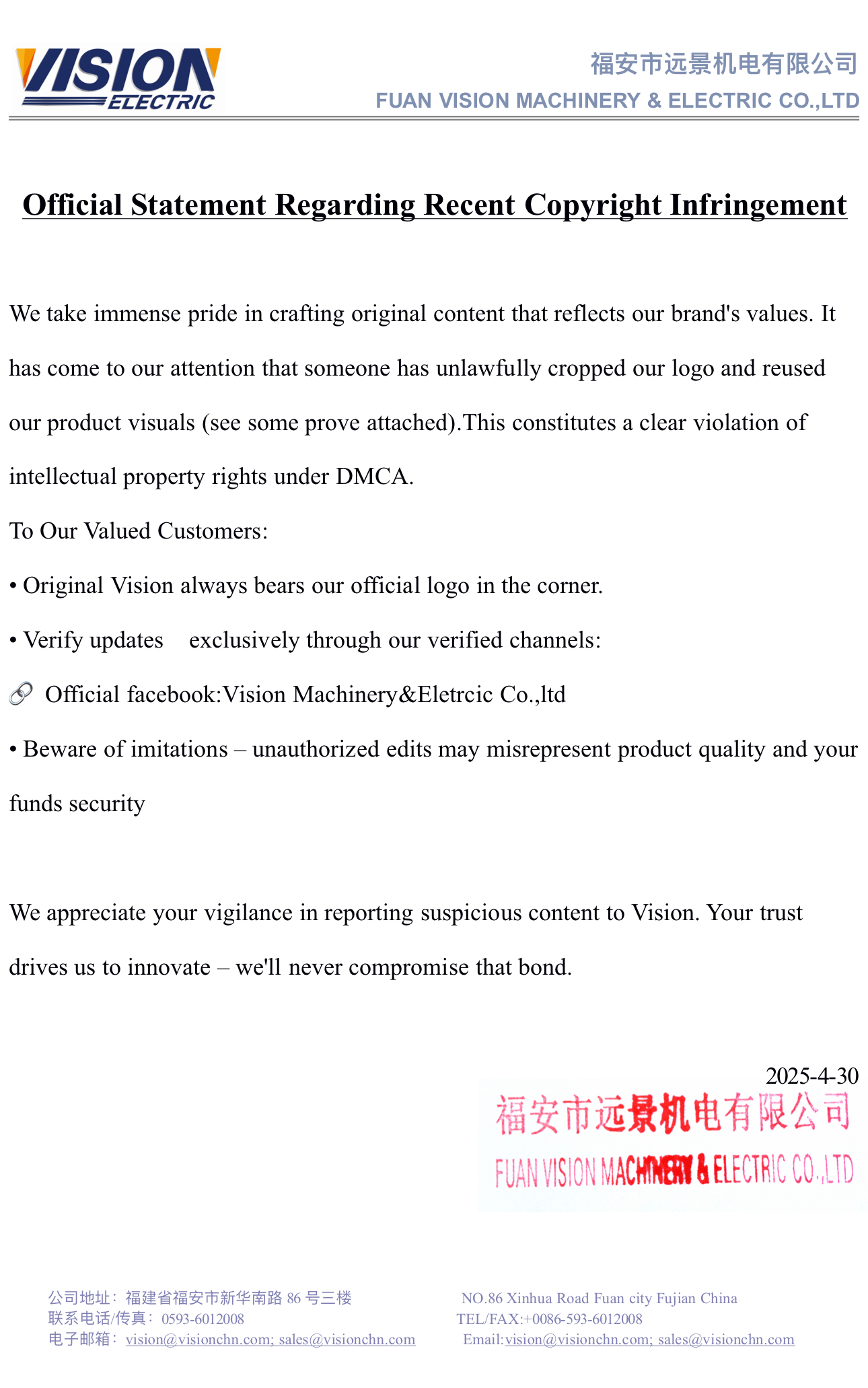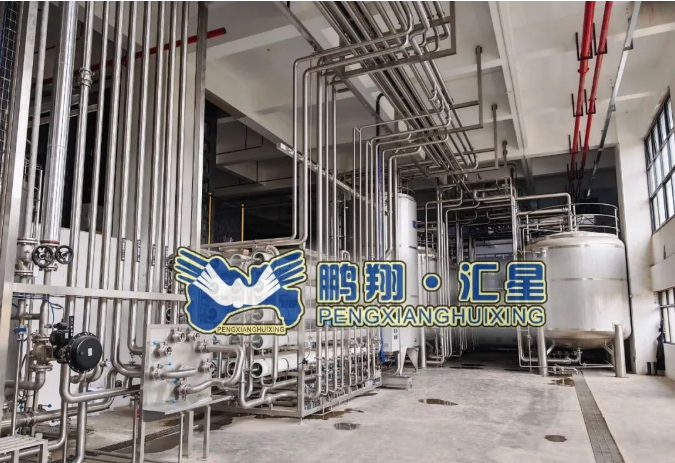Maximizing Longevity: Expert Tips to Extend the Life of Your Makita Battery
3 min readIn the realm of power tools, Makita stands out for its reliability and performance. However, the longevity of your Makita battery can significantly impact your tool's efficiency and your overall productivity. Understanding how to care for and maintain your battery is crucial for ensuring it serves you well over time. This article delves into advanced strategies and best practices that can help you maximize the lifespan of your Makita battery.
Understanding Your Makita Battery
Before diving into maintenance tips, it's essential to understand the type of battery your Makita tools use. Most Makita tools are powered by lithium-ion batteries, known for their high energy density and low self-discharge rates. However, they also require specific care to avoid issues such as capacity loss and reduced performance.
- Optimal Charging Practices
One of the most critical factors in extending battery life is how you charge it. Here are some advanced charging strategies:
- Avoid Overcharging: Modern Makita chargers are designed to prevent overcharging, but it's still wise to unplug the charger once the battery is fully charged. Leaving it plugged in for extended periods can lead to overheating and damage.
- Charge at Room Temperature: Lithium-ion batteries perform best at moderate temperatures. Avoid charging your battery in extreme heat or cold, as this can lead to reduced capacity and lifespan.
- Use the Right Charger: Always use the charger specifically designed for your Makita battery. Using an incompatible charger can lead to improper charging cycles and potential damage.
- Discharge Management
Proper discharge management is equally important for battery longevity:
- Avoid Deep Discharge: Lithium-ion batteries should not be completely discharged. Aim to recharge your battery when it reaches around 20% capacity. Regularly allowing it to drop below this threshold can lead to irreversible capacity loss.
- Cycle Your Batteries: If you have multiple Makita batteries, cycle through them regularly. This practice helps maintain even wear and prevents one battery from degrading faster than the others.
- Storage Techniques
When not in use, how you store your Makita battery can significantly affect its lifespan:
- Store in a Cool, Dry Place: High temperatures can accelerate battery degradation. Store your batteries in a cool, dry environment, ideally at room temperature.
- Partial Charge for Storage: If you plan to store your battery for an extended period, charge it to about 50% before storing. This level helps prevent deep discharge and maintains optimal health.
- Regular Maintenance
Routine maintenance can help identify potential issues before they become significant problems:
- Clean the Contacts: Dust and debris can accumulate on battery contacts, leading to poor connections. Regularly clean the contacts with a soft cloth to ensure optimal performance.
- Inspect for Damage: Periodically check your battery for any signs of physical damage, such as cracks or swelling. If you notice any issues, discontinue use and consult a professional.
- Usage Tips
How you use your Makita tools can also impact battery life:
- Avoid Continuous Heavy Loads: Using your tools under continuous heavy loads can strain the battery. If possible, take breaks to allow the battery to cool down.
- Use the Right Tool for the Job: Ensure you are using the appropriate tool for your task. Using a tool beyond its intended capacity can lead to excessive battery drain.
Conclusion
Extending the life of your Makita battery requires a combination of proper charging, discharge management, storage techniques, regular maintenance, and mindful usage. By implementing these expert strategies, you can ensure that your Makita battery remains reliable and efficient for years to come. Remember, a well-maintained battery not only enhances your tool's performance but also contributes to a more sustainable approach to power tool usage.


